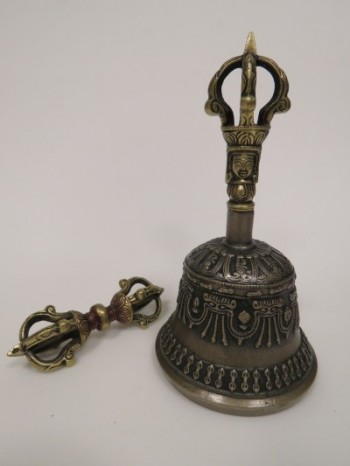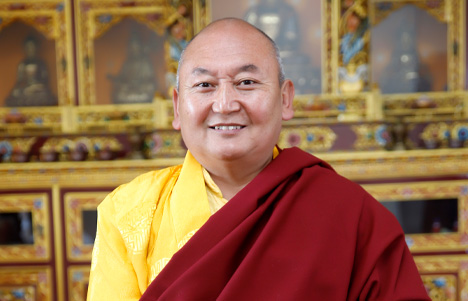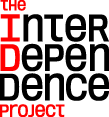
This week’s meditation session is led by Tulku Pema Rigtsal Rinpoche and the theme is Love. In this special session, Tulku Pema Rigtsal Rinpoche gives a teaching not only based on an object in the Rubin’s collection and the nature of love and compassion, but also an instructive tutorial on how to meditate.
For centuries Himalayan practitioners have used meditation to quiet the mind, open the heart, calm the nervous system, and increase focus. Now Western scientists, business leaders, and the secular world have embraced meditation as a vital tool for brain health.
Whether you’re a beginner, a dabbler, or a skilled meditator seeking the company of others, join expert teachers in a 45-minute weekly program designed to fit into your lunch break.
RELATED ARTWORK

The vajra and bell are the most important ritual objects of Tibetan Buddhism. The vajra represents method, and the bell represents wisdom. The vajra is a symbol of the indestructible nature of the ultimate truth. It’s synonymous with emptiness.
In Buddhism bells have many important meanings. They are often used to summon people to prayer as they can be heard at a great distance. The sound of the bell is also used to inform deities. Bells of all sizes are at the entrances of temples, which devotees can ring for blessings.
About the Speaker

Tulku Pema Rigtsal Rinpoche is the Supreme Head of Namkha Khyung Dzong Monastery in Humla, Nepal. At the age of three he was recognized by Dudjom Rinpoche as the reincarnation of “Chimed Rinpoche,” who is the emanation of the Great Indian Siddha “Dampa Sangye” and spiritual head of the renowned Shedphel Ling Monastery in Ngari, Tibet. In 1985 he reconstructed the Namkha Khyung Dzong Monastery in Humla, Nepal, and has taught the 13 major philosophical texts (Shungchen Chusum) for 24 years. His religious guidance has inspired hundreds of ascetics and other practitioners in Tibet.
Rinpoche has studied the Vajrayana tradition of the Nyingma lineage from renowned spiritual masters: Dudjom Rinpoche, Dilgo Khyentse Rinpoche, Dodrupchen Rinpoche, Penor Rinpoche, Thinley Norbu Rinpoche, Trulshik Rinpoche, and Domang Yangthang Rinpoche.
This program is presented in partnership with Sharon Salzberg and teachers from the New York Insight Meditation Center, the Interdependence Project, and Parabola Magazine and supported by the Frederick P. Lenz Foundation for American Buddhism.

